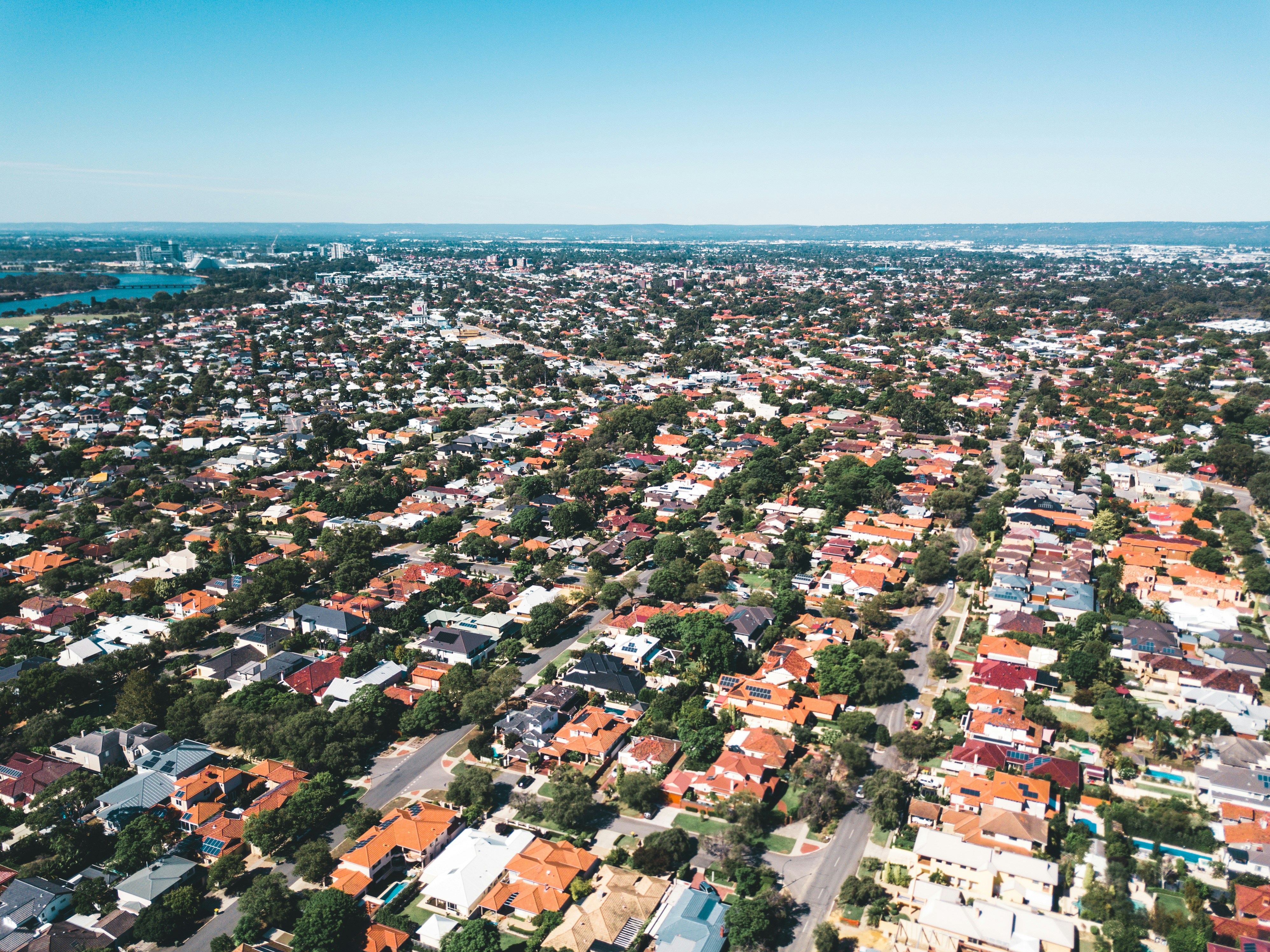With the Federal Election around the corner, Prime Minister Scott Morrison has unveiled fresh measures targeting first home buyers and downsizers, though investors could also come out as winners.
In this newsletter, we’ll explore how these plans could impact the property market.

- The RBA contemplated a greater rate rise of 40 basis points in May, and it might be on the cards for June.
- Here’s what’s on the mind of the CEO of the country’s biggest bank, CBA - and it’s not rate rises.
- Keep your paperwork - the ATO has property investors among its watch list, as tax time approaches.
Facts of the week

- The value of new variable-rate home loans ($42.89 billion) funded in March rose by 27.9%, according to the Australian Bureau of Statistics. This includes refinancing.
- In contrast, the value of new fixed-rate loans ($11.79 billion) fell by 9.8%, as fixed interest rates climb.
Diving Deeper: Super Home Buyer Scheme
- The Coalition has proposed a plan that allows first home buyers to dip into their superannuation to buy a home, if the party is re-elected on Saturday. The initiative would allow first home buyers to access up to 40% of their super, capped at $50,000, to fund the deposit for a home.
- Only first homebuyers who have saved at least 5% of their deposit will be eligible for the scheme.
- The withdrawn amount, plus “a share of the capital gain”, will need to be deposited back into the buyer’s super when the home is sold.
- There are no income thresholds for buyers and no caps on prices for the property to be purchased. The scheme will apply to both new and existing properties.
- The policy is slated to come into effect by 1 July 2023.
- The Coalition claims this would cut the time taken to save for a deposit by 3 years “on average”.
- Older property owners are also set to benefit. Currently, Australians aged 65+ can boost their super using the proceeds of their home sale by a one-off after-tax contribution of up to $300,000 per person ($600,000 per couple).
- If re-elected, the Coalition will drop that age threshold to 55 from 1 July 2022.
- The downsizer contribution rules don’t require the property to be the current family home, but according to the ATO, the property does need to be held for 10 years or more and either exempt or partially exempt from capital gains tax (CGT) under the main residence exemption.
What does this mean for you?
- Housing affordability is a complex issue with no silver bullet. However, the Super Home Buyer Scheme is widely expected to put upward pressure on property prices and could offset some of the headwinds anticipated in a rising interest rate environment, which is good news for property owners, including investors. This was even acknowledged by Superannuation Minister Jane Hume, saying that the policy was likely to result in “a bump in housing prices”.
- The McKell Institute, an independent think tank, released modelling that projected the property price impact of taking $40,000 from super to housing deposits (based on March 2022 median price data). Values would be most affected in Brisbane, by nearly $100,000.
- Sydney: increase of $45,342
- Melbourne: increase of $31,126
- Brisbane: increase of $99,346
- Perth: increase of $57,413
- Adelaide: increase of $84,534
- Hobart: increase of $92,796
- But while first home buyers will need to put capital gains back into their super when the time comes to sell the property, they will still get to benefit from the gains in the long run through their super investment. However, it’s unclear at this stage what “a share of the capital gain” really means and how capital gains would be calculated.
- So far, we know people who take up the super-for-housing scheme must live in the home for at least 12 months. But this raises questions about how the new measures could be used by rentvestors. For instance, can buyers who decide to go the rentvestor approach and buy an investment property still use the Super Home Buyer Scheme to buy their first home to live in?
- The downsizing contributions policy, which is not new, has been designed as a supply-side policy to encourage empty nesters to downsize their homes. The idea is to free up valuable larger housing stock without jeopardising the values of homeowners. By lowering the eligibility age to 55, more Australians, including those who are approaching retirement, can make a decision earlier about what to do with the family home, as well as the property’s equity. There’s also the possibility for an increase in demand for smaller homes, including those traditionally targeted by first home buyers, if take-up of the program is high. This could create competition between more cashed-up retirees and first or second home buyers, driving prices in these markets.
Prices at a glance
Houses

Units

Most capital cities saw price growth across both houses and units. Adelaide property owners were the winners in April, with value growth leading in the city for both houses & units.
Property values in Sydney & Hobart eased while prices stayed unchanged in Melbourne. Both house and unit prices fell in Sydney, while only house prices declined in Hobart. Unit prices in Melbourne & Hobart grew.
The capital city average values recorded no movement. Across the regional market, house & unit prices increased by 1.4% and 23.9% respectively.












